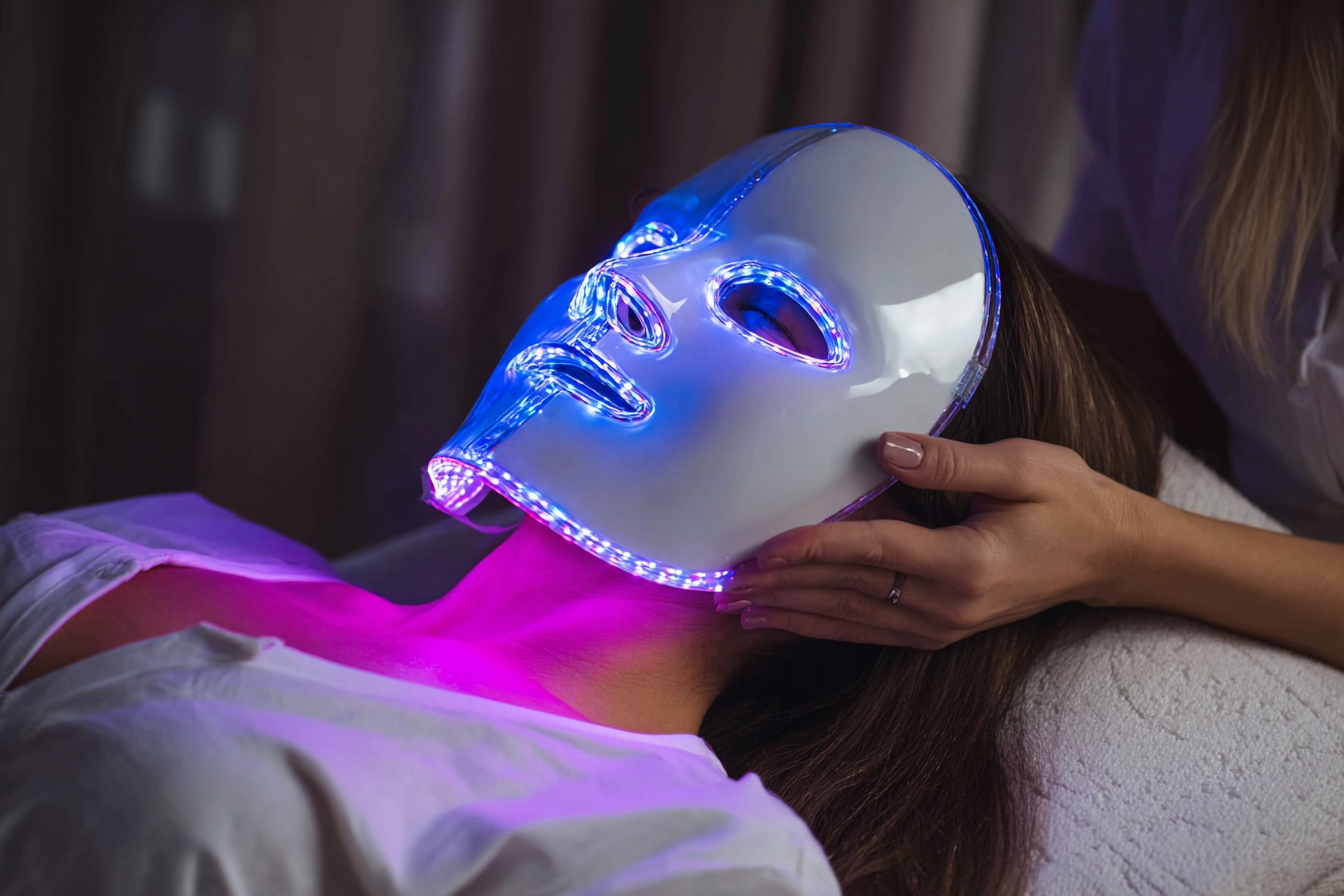How Colour Theory Works in SPMU - Considering Undertones, Migration and Healed Results
Our Columnist, Nez Hasan is a renowned semi-permanent makeup artist who has nearly 10 years' experience in the beauty industry. She has a passion for enhancing natural beauty and offers a range of treatments to an international client base.
In semi permanent makeup (SPMU), colour theory is far more than mixing attractive shades in a ring. It is the foundation of long lasting, flattering results. Understanding how pigments behave in the skin, how undertones influence healed outcomes, and how migration can change the final look is what separates a seasoned artist from someone who is still learning.
1. Understanding colour theory in SPMU
Colour theory in SPMU follows the same core principles as traditional art: primary, secondary and complementary colours and how they interact on the colour wheel. The difference is that SPMU pigments do not live on a blank canvas. They sit in living tissue and are influenced by skin tone, undertones and the body’s healing process.
Once pigment is implanted, it does not stay exactly as it looked in the cap. It mixes with melanin, blood and lymph, which can subtly shift the hue. Over time, pigment can fade, oxidise, or lean cooler or warmer depending on the client’s skin and the pigment base. This is why colour selection in SPMU is a calculated decision grounded in theory and experience. It cannot be guesswork or based only on what looks good freshly done.
2. Accounting for undertones
Every client has an undertone that will influence how a pigment heals, regardless of the surface skin colour. In practice, you will see three main undertone families:
Warm undertones: Yellow, peach or golden. Common in olive, tan or deeper skin tones.
Cool undertones: Pink, red or bluish. Often seen in fair or rosy complexions.
Neutral undertones: A balanced mix of warm and cool.
In SPMU the aim is not simply to match the pigment to what you see on the surface. The goal is to balance undertones so that the healed colour looks believable next to the client’s natural eyebrow hair and overall complexion.
For example, using a cool ash brown on cool skin can easily heal too ashy or flat grey. A better choice would be a slightly warmer base, such as a golden or neutral brown, to soften the result. You can also use colour correcting pigments and warm modifiers, such as orange or yellow based tones, to neutralise excessive coolness and help prevent grey or blue heals.
This is especially important in microblading, where healed results are often more ashy. With shading and hybrid techniques you have a little more room to adjust and soften the outcome through layering and dilution, but the undertone calculation still comes first.
3. Pigment bases and healed results
Most SPMU pigments sit in two broad categories: inorganic (iron oxide) or organic (often carbon based). Both have value in a professional kit but they behave differently once healed.
Iron oxide pigments tend to fade more softly and gradually. They are often chosen for natural, powdery finishes where a gentle fade is desirable.
Organic pigments are more vibrant and can last longer, but if implanted too deeply they may heal darker or cooler than intended.
Depth of implantation is critical here.
Shallow implantation gives a softer, more translucent heal but will fade more quickly.
Deeper implantation risks pigment migration, sharper borders becoming blurred and a darker or cooler end result.
Colour selection therefore needs to anticipate the healed result rather than focusing on the exact fresh tone on the day of treatment. The experienced artist thinks in terms of “what will this look like through the filter of this skin in several months” rather than “what looks pretty right now”.
4. Preventing and correcting migration
Pigment migration occurs when pigment travels beyond the intended area. This can blur edges, distort hairstrokes and change how colour presents. Common contributing factors include:
Implanting pigment too deep into the dermis
Incorrect needle angle or excessive pressure
Pigment that is too fluid or heavily saturated for the chosen technique
In microblading, in particular, long term healed results often show some level of spreading. Strokes can soften, blur and widen over the years, especially with repeated touch ups that layer more pigment into the tissue.
Colour theory alone cannot stop migration, but understanding pigment density and base helps you predict how colour will look if migration occurs. High carbon pigments, for example, can shift towards bluish or greenish hues once they spread under the skin and sit deeper or more dispersed.
To minimise this risk:
Use lighter, less saturated pigments for delicate areas such as brows and lips
Tailor your depth and pressure to the client’s skin type and thickness
Choose formulas appropriate to the technique rather than relying on a single “universal” pigment
Correcting migration often requires a combination of lightening, colour correction and, in some cases, referral for laser. Again, your understanding of undertones and pigment bases will guide which corrective colours you choose and how you layer them.
5. Predicting healed results: developing the artist’s eye
A skilled SPMU artist works with the healed colour in mind from the first consultation. When selecting or mixing pigments, it helps to build a mental checklist:
How will this colour look once it passes through this client’s skin tone and undertone?
Does this client tend to heal cool, warm or neutral based on their natural colouring and previous work?
How much fading is likely over the first twelve months with this pigment base and this depth?
Can I add a small amount of modifier pigment now to neutralise an unwanted undertone before it appears in the heal?
Small adjustments here make a significant difference later. Adding a modest percentage of a warm or cool modifier can balance the final result without making the brow look obviously corrected or “blocked in”.
This approach changes the mindset of the treatment. You are not just creating a brow or lip that looks good in the treatment room. You are designing something that should still look flattering, believable and in harmony with the client’s features six months or a year later. When undertones, pigment bases and the healing process all sit in your conscious decision making, SPMU becomes less about placing colour and more about creating a long term relationship between colour, skin and time.
A final note on brown pigments
One important practical reminder for artists: in SPMU, “brown” pigment in the bottle does not simply heal as the same brown in the skin. Brown as a stable, unchanging healed colour does not exist in reality. Every brown will shift according to its base, the client’s undertone, depth of implantation and the way the skin heals.
Accepting this helps you plan more accurately. Instead of searching for the perfect brown that heals identical on every client, you focus on understanding what is inside each brown and how to adapt it to the individual in front of you. This is where true colour mastery in SPMU begins.










